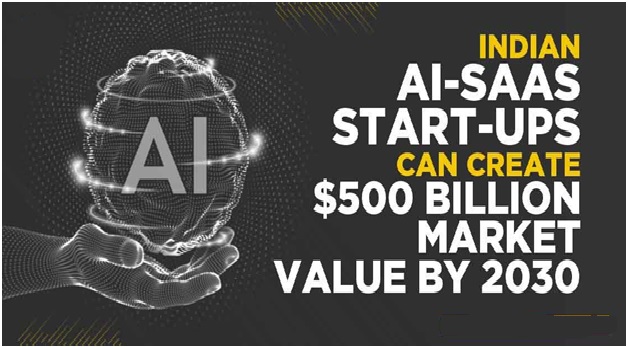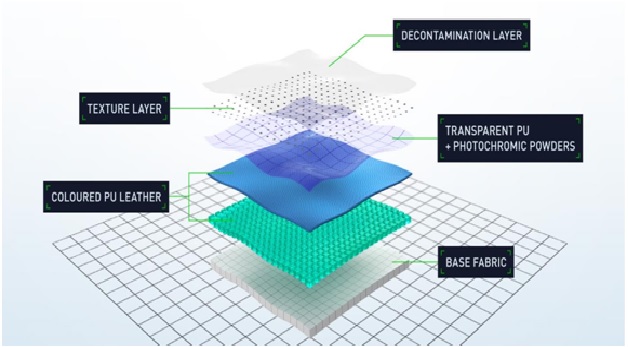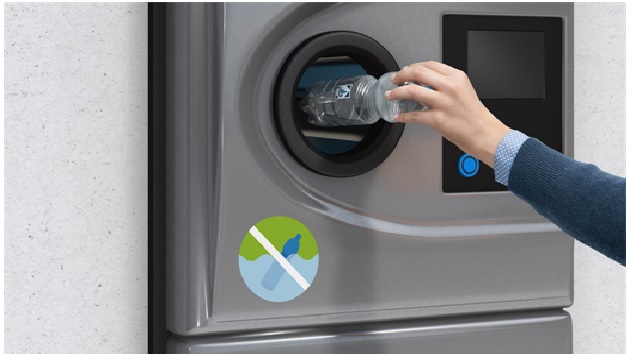Hyperautomation
Hyperautomation is a business-driven, disciplined approach that organizations use to rapidly identify, vet and automate as many business and IT processes as possible. Hyperautomation involves the orchestrated use of multiple technologies, tools or platforms.[1]

Figure. 1. Hyperautomation
How does Hyperautomation work
According to Gartner, RPA enriched by AI and ML becomes the core enabling technology of hyperautomation. Combining RPA and AI technologies offers the power and flexibility to automate where automation was never possible before: undocumented processes that rely on unstructured data inputs.[2]
What are the benefits of hyperautomation
- Work is so much faster, better, and more fulfilling with software robots by our side.
- But faster and better is never fast or good enough when there’s so much more automation potential to unlock.[3]
Hyperautomation use cases
- Hyperautomation in healthcare
The healthcare industry can benefit from hyperautomation, providing a better patient experience, stronger bottom line, and more accurate data. Hyperautomation is used to automate billing cycles, customer communication and collection. It can also address patient record management, collecting and collating data, and providing useful output for more accurate treatment plans>
Supply chain
The pandemic has greatly affected the ability to receive materials in a timely fashion, and low staffing levels have resulted in process delay, creating logistical challenge at best.
Using RPA, inventory stock checks can occur 24x7, ensuring that a current view of inventory levels and product availability is accessible at all times. In addition to inventory checks, RPA can be used for procurement, pricing, billing, quote request, follow-up and data input, and system maintenance and repair. Removing the dependency on manual intervention for repetitive processes, hyperautomation can increase speed, efficiency and accuracy.
Banking and finance
Banking and finance industries are under constant pressure to reduce costs, improve efficiencies, and provide a more available and more personal customer experience.
Hyperautomation can provide staff members with higher data quality so they can more effectively use business process management (BPM) to provide customers with information that enables them to make more informed decisions. Hyperautomation also provides the back-end efficiencies that support 24x7 availability of online banking and finance applications, and the regulations and reporting that it requires. Both banking and finance industries involve large volumes of data, which can be cumbersome to manage.
Retail
The retail industry is ripe with opportunities for automation. E-commerce has a stronghold on order processing with more people than ever ordering online and utilizing loyalty programs. AI-assisted hyperautomation can streamline front-end processes such as targeted marketing through ad placement in social media and targeted email marketing, loyalty recognition online, facial recognition when a customer enters a store, and more.
Hyperautomation can reduce costs and improve the efficiency and accuracy of back-end retail processes affecting procurement, billing, supplier management, inventory, and transportation.[4]
References:
- https://scitechdaily.com/groundbreaking-x-ray-lens-provides-incredible-glimpse-into-the-nanoworld/
- https://minorupdate.in/groundbreaking-x-ray-lens-provides-incredible-glimpse-into-the-nanoworld/
- https://www.sciencedaily.com/releases/2022/03/220314095706.htm
Cite this article:
Nithyasri S (2022), Hyperautomation, AnaTechMaz, pp. 121















